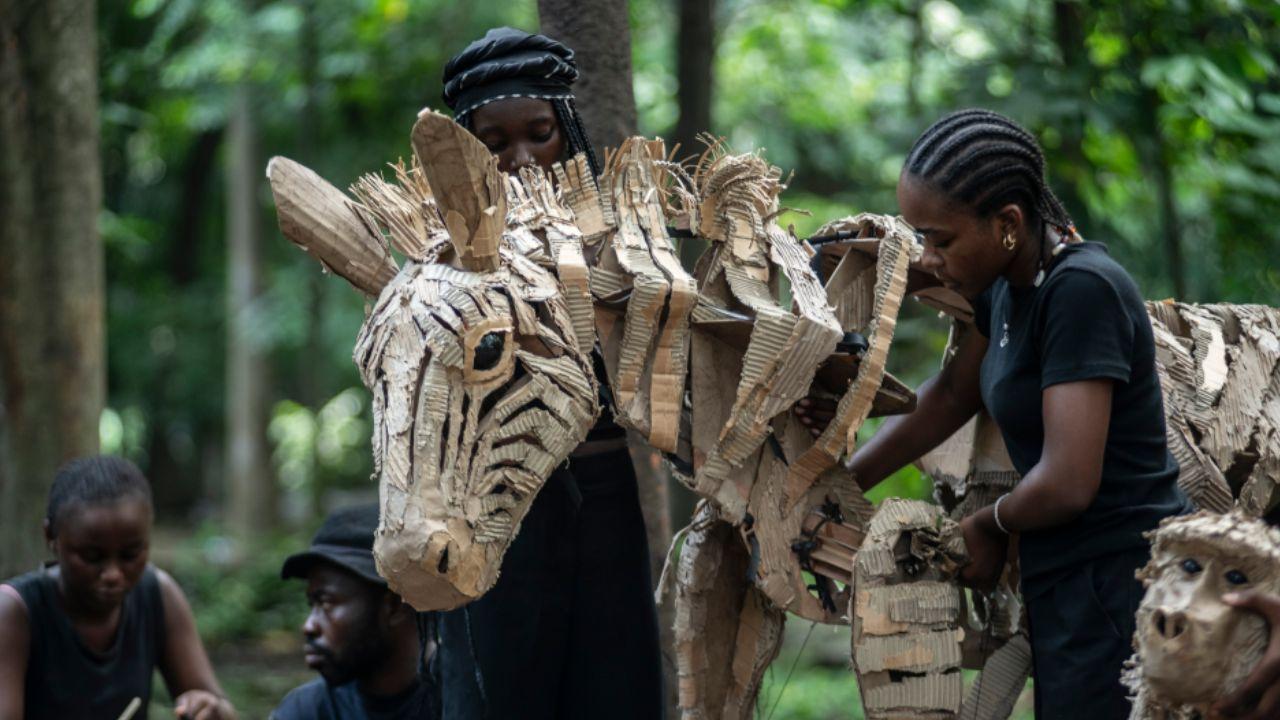
Post by: Vansh Kumar
Throughout history, countless discoveries have unveiled the secrets of ancient civilizations, lost cities, and forgotten cultures. From archaeological digs to accidental finds, these discoveries have reshaped our understanding of the past. Whether it’s an ancient manuscript, a buried city, or a hidden treasure, each discovery tells a story that connects us to the people who lived before us. In this article, we will explore some of the amazing historical discoveries uncovering the past mysteries, revealing fascinating details about our ancestors and their way of life.
One of the most amazing historical discoveries uncovering the past mysteries is the Rosetta Stone. Discovered in 1799 by French soldiers in Egypt, this stone provided the key to understanding Egyptian hieroglyphs. Before its discovery, scholars struggled to interpret the language of ancient Egypt. The stone contained inscriptions in three scripts—Greek, Demotic, and Hieroglyphics—which allowed researchers to finally decipher the long-lost language. This breakthrough led to a deeper understanding of Egyptian history, culture, and religious practices.
In 79 AD, the Roman city of Pompeii was buried under volcanic ash after the eruption of Mount Vesuvius. For centuries, it remained hidden, perfectly preserved under layers of ash and rock. When archaeologists rediscovered the city in the 18th century, they found streets, buildings, and even people frozen in time. This discovery provided an extraordinary glimpse into daily life in ancient Rome, revealing artwork, tools, and personal belongings of the people who lived there. Today, Pompeii remains one of the most well-preserved ancient cities, offering insights into Roman society, architecture, and culture.
In 1947, a shepherd stumbled upon a series of caves near the Dead Sea, leading to one of the greatest archaeological finds of all time—the Dead Sea Scrolls. These ancient manuscripts, written on parchment and papyrus, date back over 2,000 years and include some of the oldest known texts of the Hebrew Bible. The scrolls shed light on religious beliefs, practices, and historical events from the time of their writing. Their discovery helped historians and scholars understand the religious traditions of early Jewish communities and their connection to Christianity.
Nestled high in the Andes Mountains of Peru, Machu Picchu remained hidden from the outside world for centuries until its rediscovery in 1911 by explorer Hiram Bingham. This ancient Incan city, built in the 15th century, showcases incredible engineering and architectural skills. Despite its remote location, the city features sophisticated stonework, terraces, and temples, demonstrating the ingenuity of the Inca civilization. The purpose of Machu Picchu remains a mystery, with theories suggesting it was a royal estate, a religious site, or a place of astronomical observation. Today, it is one of the most famous historical sites in the world.
In 1974, Chinese farmers uncovered one of the most extraordinary archaeological finds in history—the Terracotta Army. Buried in the tomb of China’s first emperor, Qin Shi Huang, this vast collection of life-sized statues includes over 8,000 soldiers, horses, and chariots. Each statue is uniquely crafted, showcasing individual facial expressions and armor details. Historians believe the army was built to protect the emperor in the afterlife. This discovery provided valuable insights into ancient Chinese craftsmanship, military practices, and beliefs about the afterlife.
One of the most mysterious and technologically advanced artifacts ever discovered is the Antikythera Mechanism, found in a shipwreck off the coast of Greece in 1901. This complex device, dating back to the 2nd century BC, is believed to be an early analog computer used to track astronomical movements and predict celestial events. Its intricate gears and mechanisms suggest that ancient Greek scientists had a much deeper understanding of mathematics and engineering than previously thought. To this day, researchers continue to study the device, trying to unlock its full purpose and functionality.
In 1922, British archaeologist Howard Carter discovered the nearly intact tomb of the young Egyptian pharaoh Tutankhamun. Unlike many other royal tombs, which had been looted over the centuries, King Tut’s tomb contained thousands of well-preserved artifacts, including golden treasures, jewelry, and even the famous golden death mask. This discovery provided historians with an unprecedented look into the burial practices, art, and daily life of ancient Egypt’s ruling class. The tomb’s treasures remain some of the most iconic symbols of ancient Egyptian history.
One of the most famous and puzzling archaeological sites in the world is Stonehenge in England. This prehistoric monument, built over 4,500 years ago, consists of massive stone structures arranged in a circular pattern. The purpose of Stonehenge remains a mystery, with theories ranging from religious ceremonies to astronomical observatories. Recent discoveries suggest that the site may have been part of a larger network of ancient settlements and ritual centers. Despite ongoing research, the true meaning and function of Stonehenge continue to fascinate historians and archaeologists.
The article explores amazing historical discoveries uncovering the past mysteries, shedding light on lost civilizations, ancient artifacts, and groundbreaking findings. Key discoveries include the Rosetta Stone, which helped decipher Egyptian hieroglyphs, and Pompeii, a Roman city preserved by volcanic ash. The Dead Sea Scrolls provided insight into early religious texts, while Machu Picchu revealed the advanced engineering of the Incas. The Terracotta Army showcased China's rich history, and the Antikythera Mechanism hinted at early technological advancements. The tomb of Tutankhamun unveiled Egypt’s royal treasures, and Stonehenge continues to puzzle historians. These discoveries not only connect us to our ancestors but also reshape our understanding of history.
The information in this article is intended for educational and informational purposes only. While efforts have been made to ensure accuracy, historical interpretations may evolve with new discoveries and research. DXB News Network is not responsible for any discrepancies or changes in historical findings. Readers are encouraged to explore further sources for a deeper understanding of the topics discussed.
#trending #latest #history #historicaldiscoveries #ancientsecrets #lostcivilizations #archaeology #pastmysteries #hiddenhistory #ancientartifacts #humanhistory #historicfinds #breakingnews #worldnews #headlines #topstories #globalUpdate #dxbnewsnetwork #dxbnews #dxbdnn #dxbnewsnetworkdnn #bestnewschanneldubai #bestnewschannelUAE #bestnewschannelabudhabi #bestnewschannelajman #bestnewschannelofdubai #popularnewschanneldubai

Kidnapper of 5-year-old girl in Hubballi shot dead by police after attack; one officer injured. Justice demanded by locals...Read More.

Russian Missile Strike in Ukraine's Sumy Kills 34, Injures Over 100...Read More.














Rory McIlroy wins Masters, completes career Grand Slam
Rory McIlroy wins the Masters in dramatic style, beating Justin Rose in a playoff and becoming the f

Rizwan Says English Isn’t a Must, Only Cricket Matters
Mohammad Rizwan proudly says he’s not ashamed of poor English. For him, playing cricket for Pakistan

Nightclub Roof Collapse in DR: Death Toll Hits 226
226 dead in Dominican nightclub collapse; nation mourns as families seek answers

Middle East’s Growing Influence in Formula 1 Recognized by FIA President Mohammed Ben Sulayem
Middle East’s Growing Influence in Formula 1 Recognized by FIA President Mohammed Ben Sulayem

'The Herds' starts journey from Africa to the Arctic Circle
‘The Herds,’ a cardboard animal show, starts in Congo to show how climate change pushes nature away.